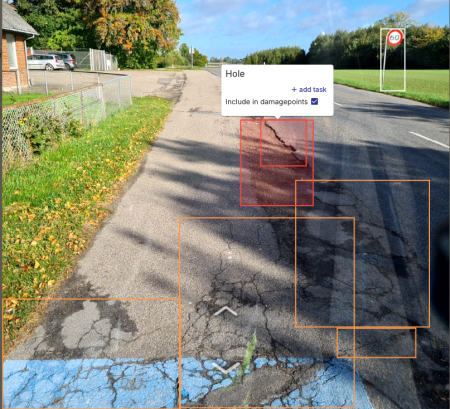HAK participates in the National Cycling Conference
The National Cycling Conference took place in Osijek from October 9-11, 2024, as a significant initiative by the Croatian Ministry of Sea, Traffic, and Infrastructure. Launched in 2022 as part of the EU's Danube Cycle Plans, the conference provided a platform for stakeholders to collaborate on enhancing cycling infrastructure and promoting cyclotourism. During the event, it was highlighted that cycling participation in Croatia stood at only 6%, which was significantly lower than in many European countries.



